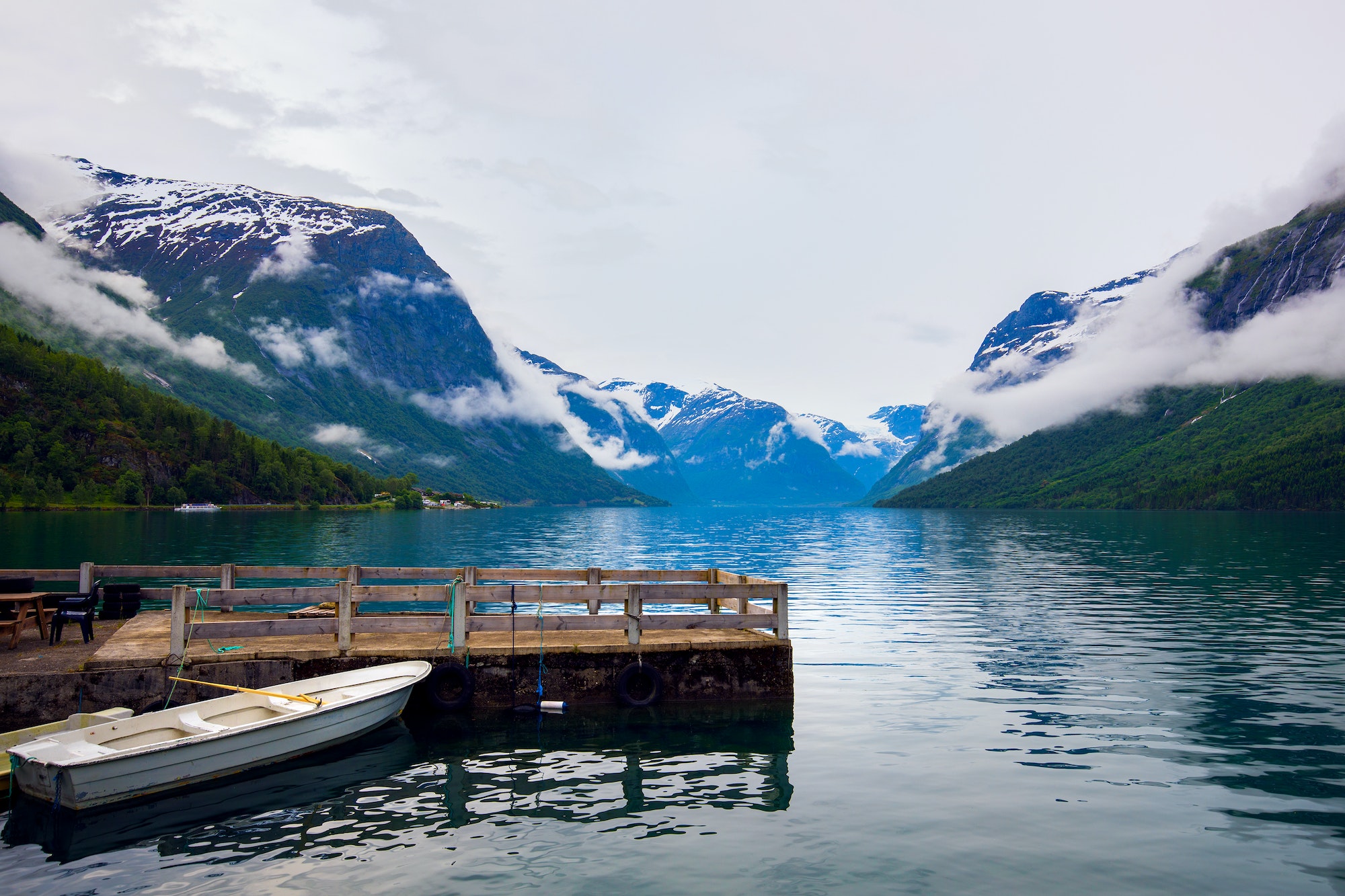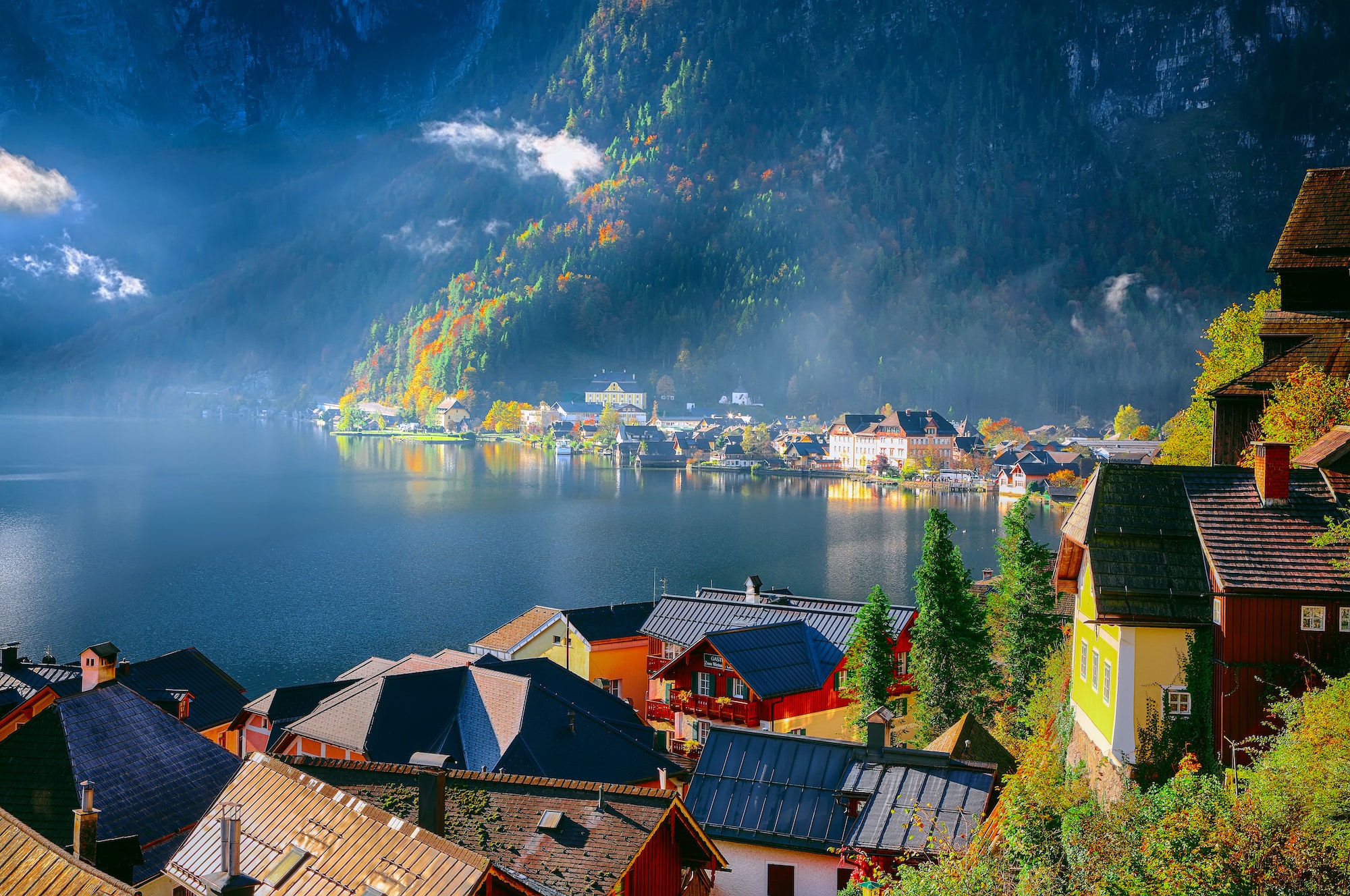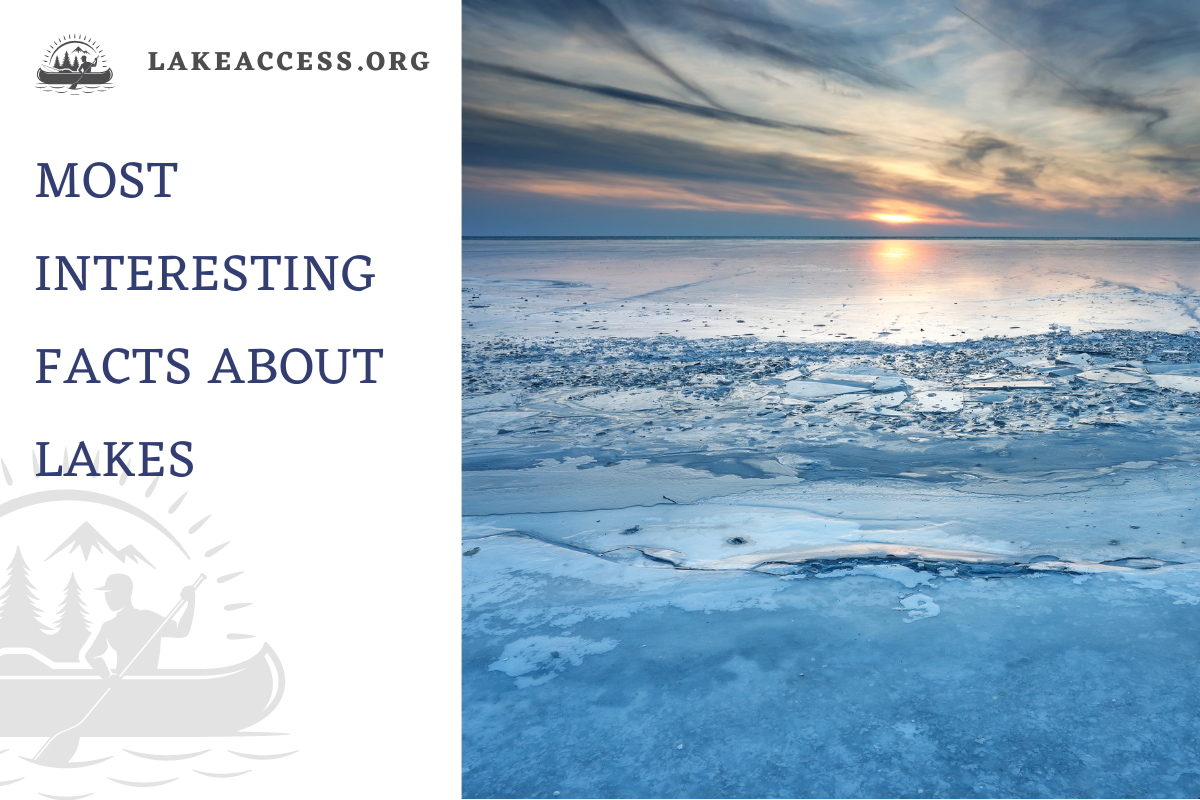Lakes can be either freshwater or saltwater, depending on the surrounding environment. Lakes are bodies of water surrounded by land and do not move much. Most lakes are found in mountainous areas, rift zones, and areas with ongoing glaciation. They can also be artificially created for various purposes, such as industrial use, hydroelectric power generation, or domestic water supply.
How are lakes formed?
Lakes are formed when water finds its way into a basin through glaciers, plate tectonics, volcanoes, or landslides. Glaciers create lakes by scraping along the ground and dropping rocks and debris into them; plate tectonic movements can cause cracks in the earth’s crust that fill with water; volcanoes can form lakes by erupting and leaving behind calderas that fill with melted snow or rainwater; landslides or mudslides may block rivers and streams, causing them to back up into lakes.

Interesting facts about lakes
Here are some of the most exciting facts about lakes:
1. The Caspian Sea, which is a lake but is frequently referred to as a sea due to its vastness, is the largest lake in the world by surface area. It has a surface size of around 371,000 square miles and is situated between Europe and Asia.
2. Lake Titicaca, situated in the Andes Mountains between Bolivia and Peru, is the highest lake in the world. It is located at the height of roughly 12,507 feet above sea level.
3. Russia’s Lake Baikal, which has a maximum depth of roughly 5,400 feet, is the deepest lake in the world. With 20% of the world’s freshwater that is not frozen, it is also the largest freshwater lake in terms of volume.
4. Lake Baikal in Russia and Lake Tanganyika in Africa are two of the world’s oldest lakes, both of which are thought to be more than 20 million years old.
5. Lakes were frequently regarded as sacred or mysterious locations in ancient times, and many societies created stories and legends about them. For example, the ancient Greeks thought the underworld lay beneath the Italian lake of Avernus, while the ancient Egyptians thought the Nile, which originates in Lake Victoria, was a holy river.
6. Several significant conflicts occurred near Lake Champlain, between New York and Vermont in the United States. Early residents of the area also used boats and ships to move people and commodities up and down the lake, making it a vital route for transport.
7. Various processes, including volcanism, glaciers, and erosion, form lakes.
8. The water in Lake Superior is sufficient to cover all of America.
9. They can be found on every continent except Antarctica.
10. Lakes play an essential role in the water cycle, helping to regulate local climates.
11. Taymyr Lake in Siberia is the largest lake in one country, covering 41,600 square miles.
12. The Great Lakes contain approximately 21 percent of the world’s surface freshwater.
13. Half of the water in the Great Lakes is found in Lake Superior.
14. Lake Superior has the lowest average temperature of 41 degrees Fahrenheit of all the major lakes.
15. Africa has its great lakes called the African Great Lakes
16. 2% of the Great Lakes’ total water is in Lake Erie, but more than 50% of all fish and plant life is found there.

What is the role of lakes in human history?
Lake water is usually fresh, although some lakes contain saltwater. Lakes have played an essential role in human history, both as a source of fresh water and a place for recreation. Lakes are formed when water collects in a basin from precipitation, river, or stream. Lakes on every continent except Antarctica vary significantly, from small ponds to large lakes, such as the Caspian Sea, which has an area of more than 143,000 square miles.
Lakes play an essential role in the water cycle, helping to regulate water flow between the land and the atmosphere. Lakes also affect the climate by moderating temperatures and storing heat. In addition, lakes provide a habitat for various plants and animals, including fish, amphibians, reptiles, and mammals.

FAQ
How does the pH level of a lake affect its ecosystem?
The pH level of a lake affects its ecosystem by determining the types of organisms that can live in the water. Low pH levels mean high acidity levels, which can lead to decreased growth rates or even death for many organisms. High pH levels may restrict the availability of specific nutrients needed by certain species, such as fish. Additionally, increased acidity can change the water’s chemical composition and physical properties, which may affect ecosystem processes such as photosynthesis or respiration.
What type of sediment is found in a lake basin?
Sediment is found in all lakes, but the type of sediment depends on the lake’s environment. In general, there are three types of sediment: sand, silt, and clay. Sand is the largest sediment type, while clay is the smallest. Silt lies in between these two extremes. The size of the sediment particles affects how quickly they settle to the bottom of the lake.
How does the watershed affect the nutrients in a lake?
The watershed of a lake can affect the nutrients in the lake in many ways, such as through atmospheric inputs, groundwater inflows and outflows, land use, and morphometry.
These factors can influence the quantity of surface water and groundwater inflows and outflows in the watershed, as well as the amounts and types of sediment, nutrients, and chemicals (natural or synthetic) transported into the lake from its watershed. They can also affect how these factors affect runoff from different sources like precipitation or land use changes.
What is the difference between a glacial lake and a crater lake?
Glacial lakes and crater lakes are both lakes that form in either local depressions or larger basins created by volcanism. Both lakes can form when lava flows or volcanic lahars dam rivers or streams. The main difference between glacial and crater lakes is that glacial lake formation is associated with glaciers, while crater lake formation occurs due to volcanic activity. Additionally, crater lakes approximate a circular shape more than glacial lakes do.
What are the most common organisms found in freshwater lakes?
The most common organisms found in freshwater lakes are bacteria, algae, and aquatic macrophytes. Bacteria are microscopic single-celled or multi-celled organisms that play a pivotal role in the life of lakes by converting organic material to inorganic forms and providing energy. Algae are basically microscopic plants that can be either connected to a substrate or free-floating (phytoplankton) (periphyton).
They can be divided into several major groups, such as green algae (Chlorophyta), golden-brown algae (Chrysophyta), dinoflagellates (Pyrrophyta), diatoms (Bacillariophyta) and blue-green algae (Cyanophyta). Aquatic macrophytes are large aquatic plants easily visible to the naked eye; they may be rooted or free-floating and belong to various taxonomic groups, such as emergent, submerged, and floating-leaved species.

